That appears to be the specification for two half-bridges used in a full bridge configuration. The input Z is 1k and the output Z is 1K, so that would imply that each arm is 1K.

It says 40-50kg for full scale, but it's not clear whether that's the total weight or not.
Let's assume it's 45 kg total (22.5 kg for each sensor).
Assuming it is the total, the nominal output sensitivity is 1mV/V +/-10%. If we assume the half-bridge has an output of half that (500uV/V) then each resistor must change 0.1% at full capacity.
Edit: We know that the output voltage of a voltage divider consisting of approximately equal resistors is changing by 0.05% of the total excitation (500uV/V), therefore if the two resistors change the same amount in opposite directions, the total resistance will remain the same and each resistor must change by 0.1% for the output voltage to change by 0.05% of the excitation voltage.

simulate this circuit – Schematic created using CircuitLab
So \$\Delta R\$ is 1\$\Omega\$/22.5Kg or 44.4m\$\Omega\$ per kg +/-10%.

